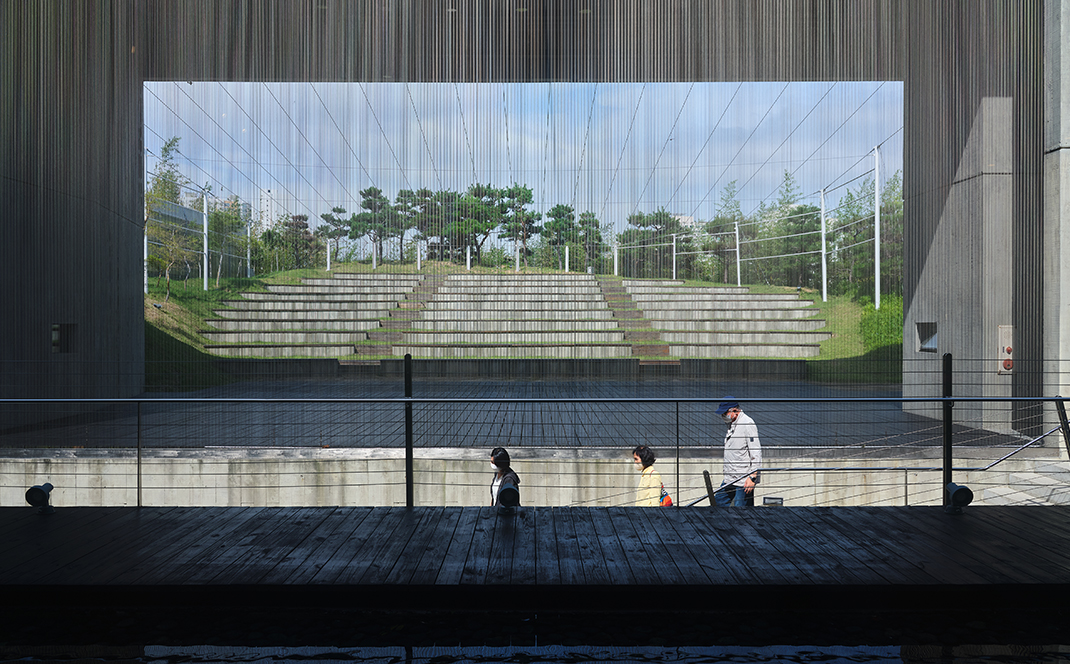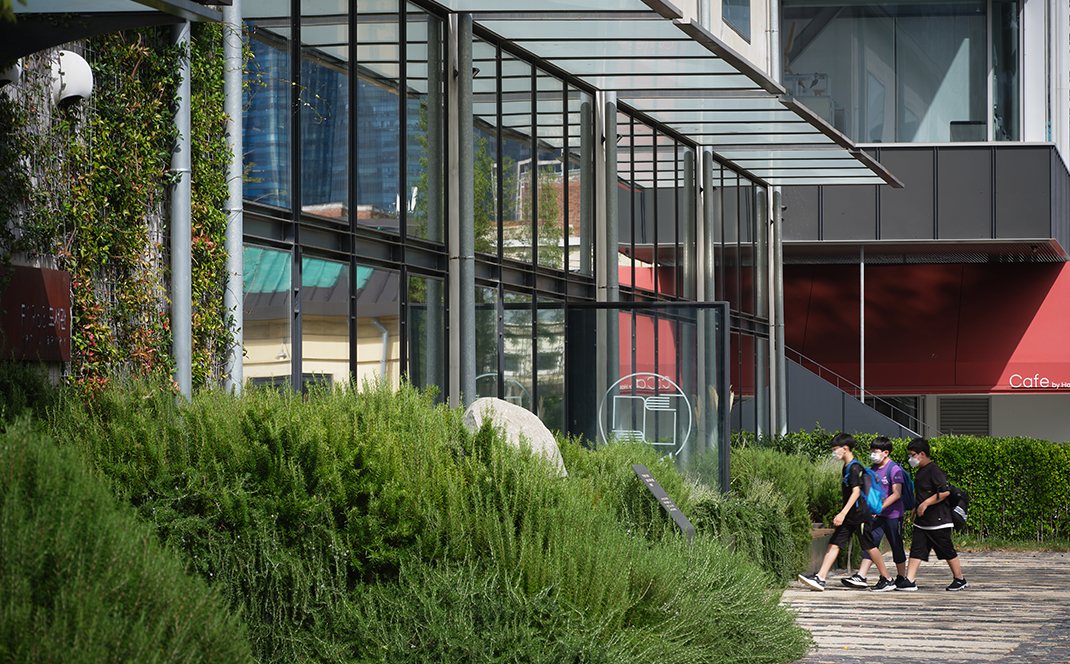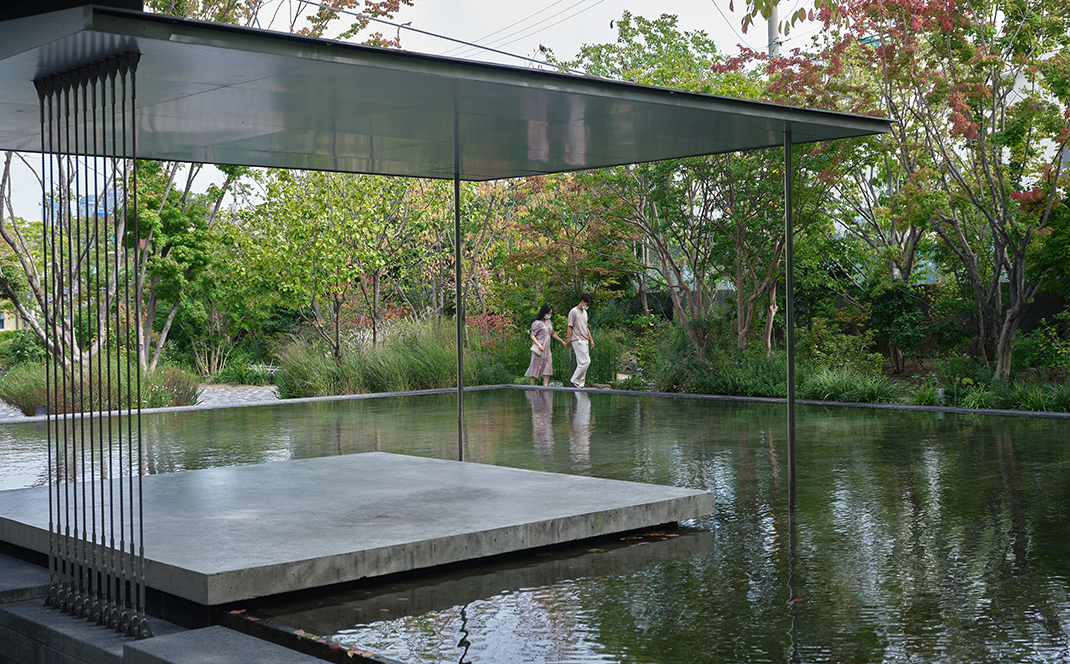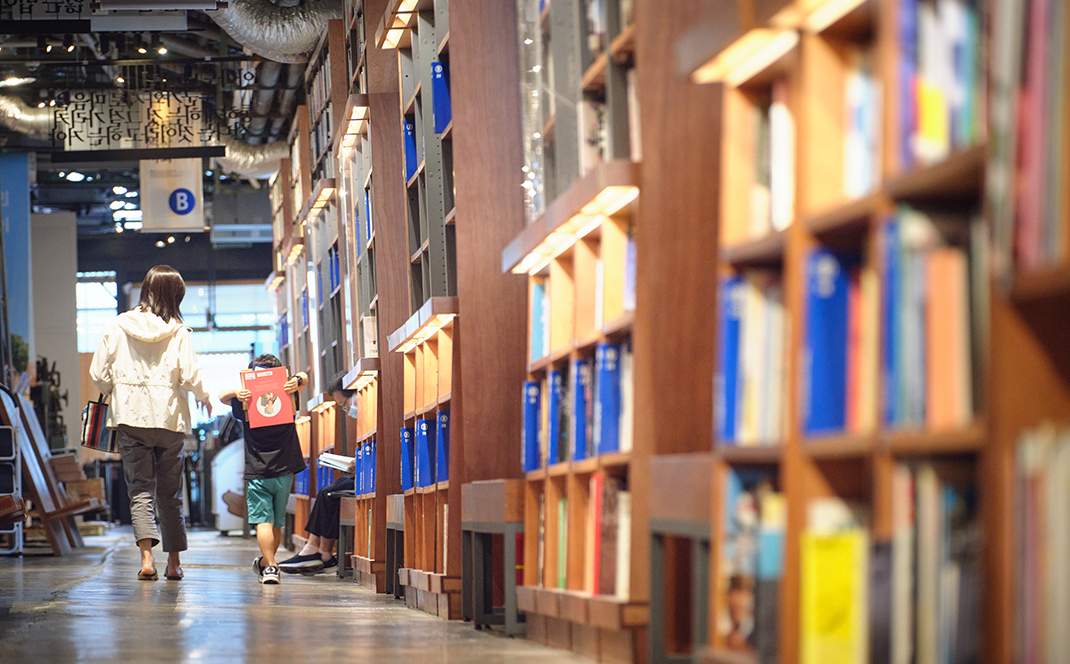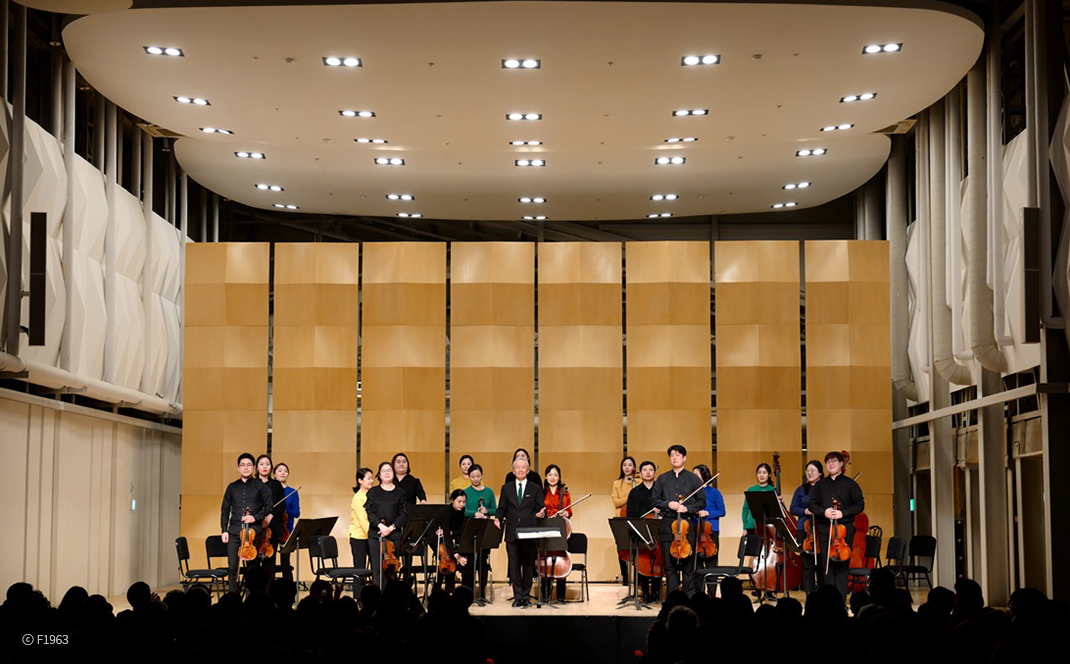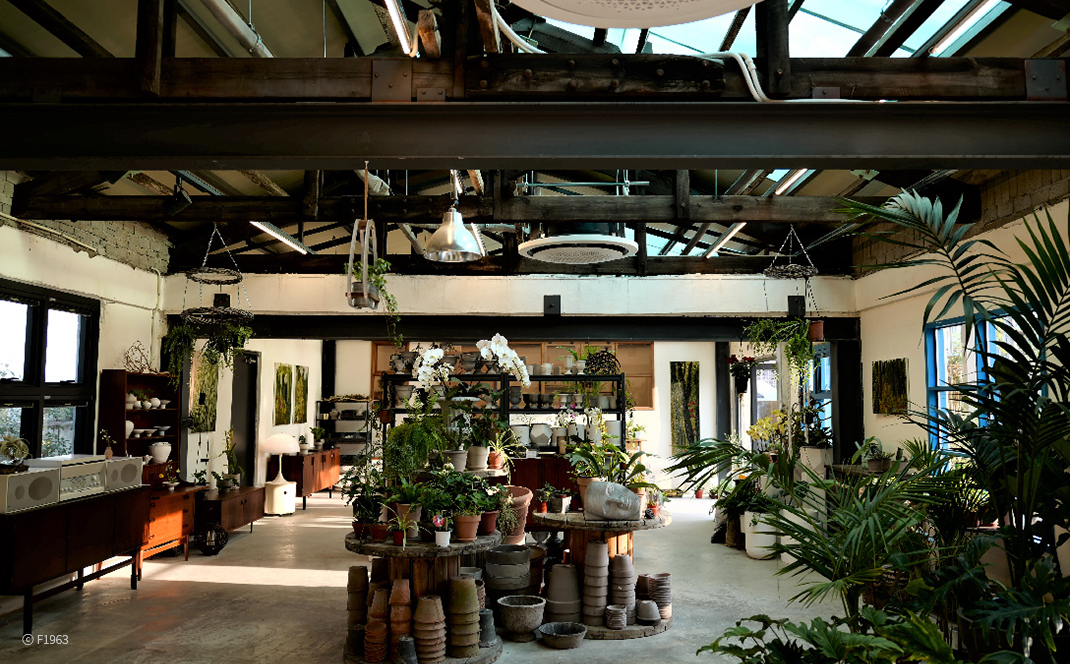A Factory of the Arts
How Did an Old Wire Factory
Become One of Busan’s Cultural Landmarks?
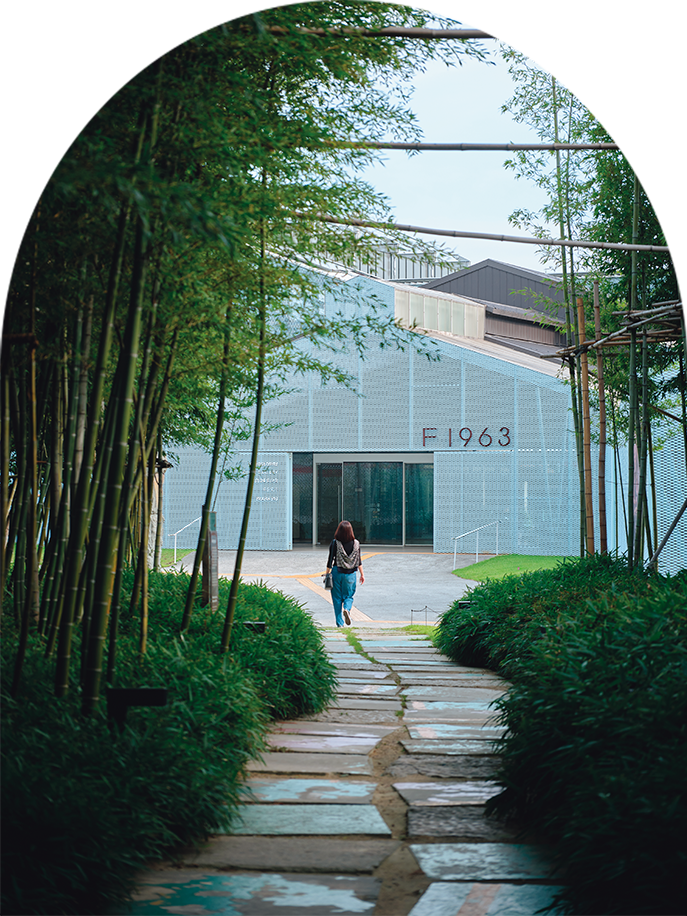
WRITTEN BY
Seong Hye-kyeong
Photographed by
Studio Kenn
An old wire factory that closed in 2008 has gotten a new and spectacular lease on life as F1963, a cultural complex where nature and art coexist. Whereas the old factory produced wire, the renovated space produces culture, with performances and exhibitions that people of all ages and interests can enjoy.
Steel wire maker KISWIRE opened its first factory in the southeast port city of Busan in 1963. The factory operated for 45 years until closing in 2008. Rather than demolish the old site, however, KISWIRE transformed it into one of Busan’s leading cultural complexes.
F1963 was renovated according to the use and characteristics of the space while maintaining the shape and frame of the existing building. Visitors can find traces of the old factory throughout the interior. F1963 utilizes the old, but does not dwell on the past.
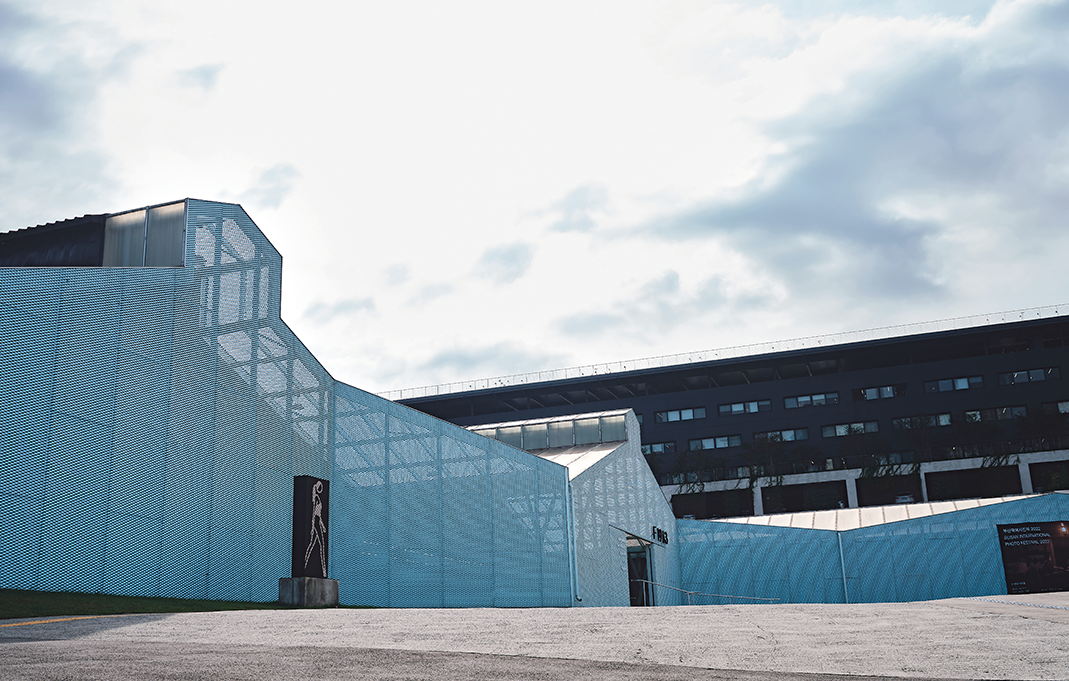
Where the Past and Present Meet
Exhibitions and performances now take place where industrial equipment used to sit. A book tower embracing the wisdom of the East and West stands where a large factory spaces, the ceiling has been removed to form a courtyard where the sky and the Earth meet.
The yard behind the factory-where finished wire products were once shipped-has become the Moonlight Garden, a secret garden where visitors can take in the beauty of all four seasons. Likewise, the Bamboo Sori Trail offers the world-weary an eco-friendly healing space in the heart of the city.
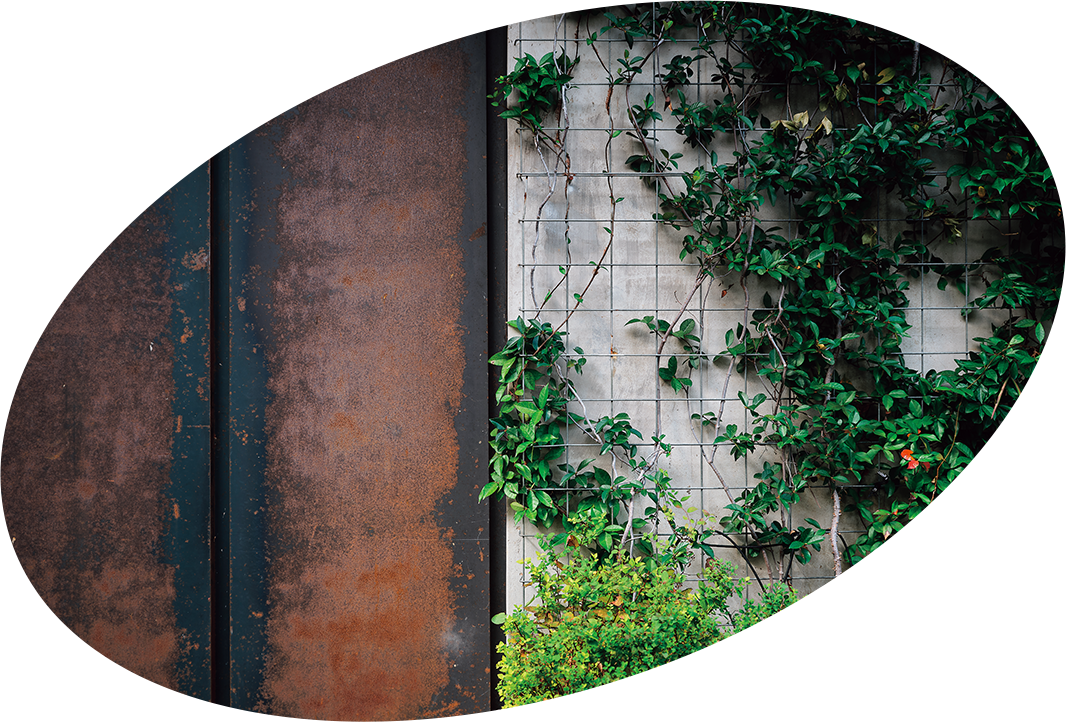
The remnants of the previous factories can be found everywhere in F1963.
The Beauty of the Written Word
F1963 has both a library and a bookstore.
The members-only F1963 Library specializes in art-related books, including works on architecture, music, art and photography. F1963 Library is home to 13,000 volumes, ranging from books on classical and modern art and collections of Koreans and international artists to leading art periodicals and catalogs of famous local and international museums, carefully curated by Korean and international experts. The library’s collection also includes recordings of well-known performances based on recommendations from classical music experts. Members can attend academic programs and chamber music concerts held in the library, too.
The bookstore at F1963 is leading online bookseller Yes24’s largest flagship in Korea. The space sells used books and hosts small exhibitions. Children can move about and browse the books while adults sit by sunny windows and quietly read. Visitors can take in the history of the written word and publishing at a glance, from the printing process to the latest e-book technology.
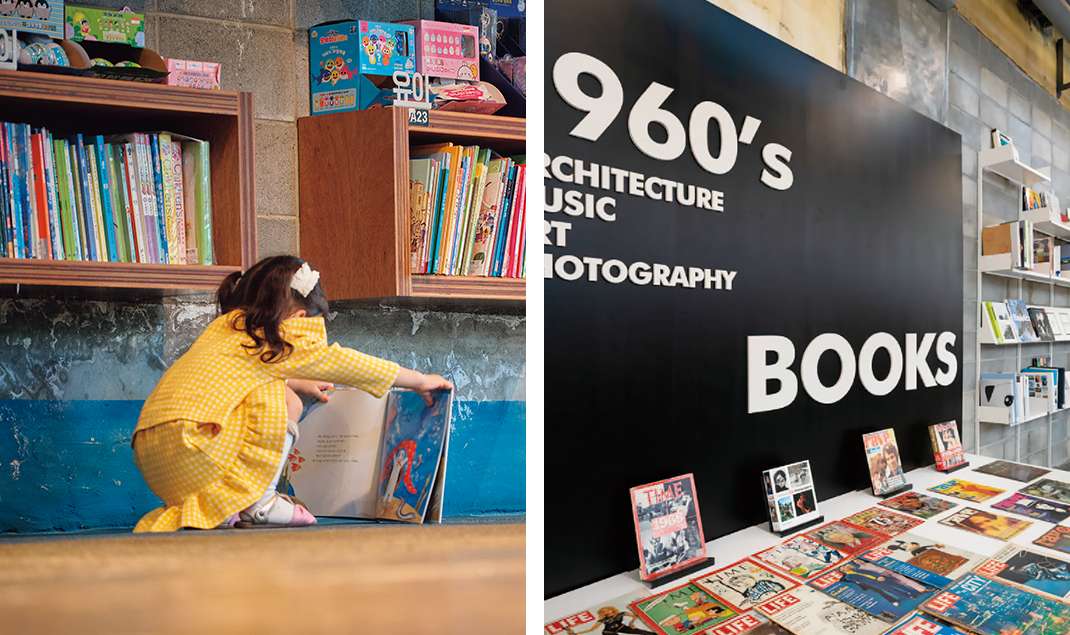
(Left) A child reading a book inside the F1963 secondhand bookstore, YES24. (Right) F1963 Library where you can find a number of books related to art. ⓒ F1963
Different Arts in One Place
One of F1963’s most meaningful spaces is the music hall GMC. The space reflects the philosophy of Busan-born maestro Geum Nan-sae, who said, “Classical music is an open space that everyone can love and enjoy.” GMC hosts chamber music performances, as well as orchestra rehearsals. It also has a lobby and a private practice room for performances and musical education.
Hyundai Motor Studio Busan is also located in F1963. The studio hosts exhibitions focused on design. It has an LED wall, an exhibition space that demonstrates Hyundai Motor’s design philosophy and vision, and a learning zone. The Inspiration Lab in the learning zone offers classes on upcycling, as well as on electric cars, inspiring visitors to ponder sustainable design and to seek inspiration from others.
F1963’s Kukje Gallery hosts larger exhibitions of local and international artists, including the Busan International Photo Exhibition. It also serves as a performance hall.
The courtyard hosts outdoor performances of jazz and classical music in an easy-going environment.

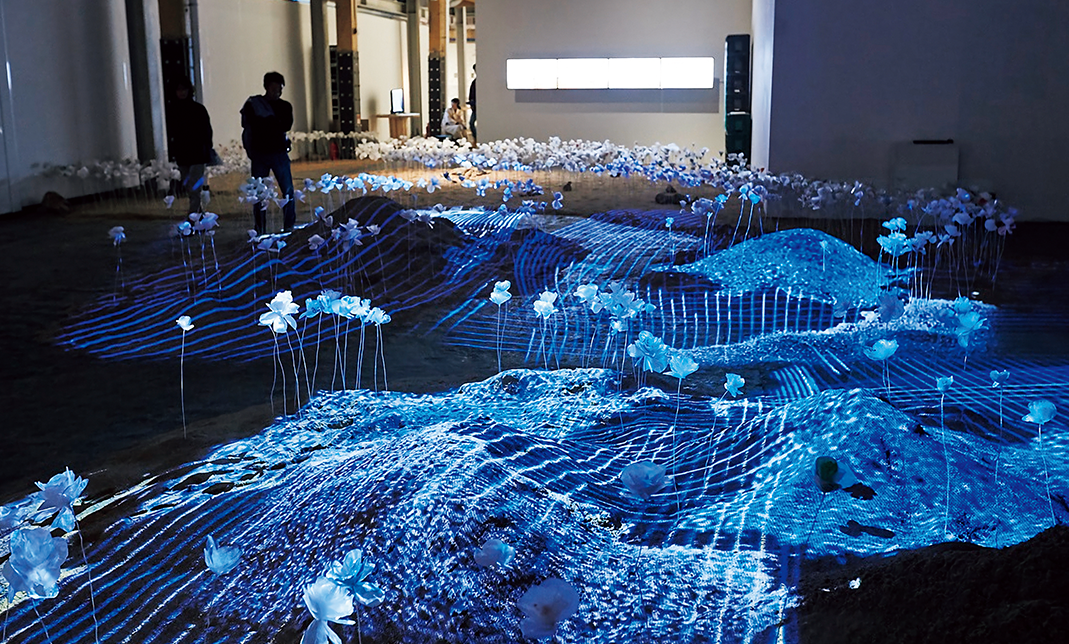
(Top) F1963’s exterior, embellished for the JULIAN OPIE in BUSAN Exhibition. (Bottom) Exhibition ‘Re: _____ Exhibition’ held at Seokcheon Hall ⓒ F1963
A Space with Freedom
F1963, now a center of cultural production, is a product of the steel industry that dominated Busan’s local economy in the past. While many employees left when the factory closed, the artists who replaced them are creating culture for the community today.
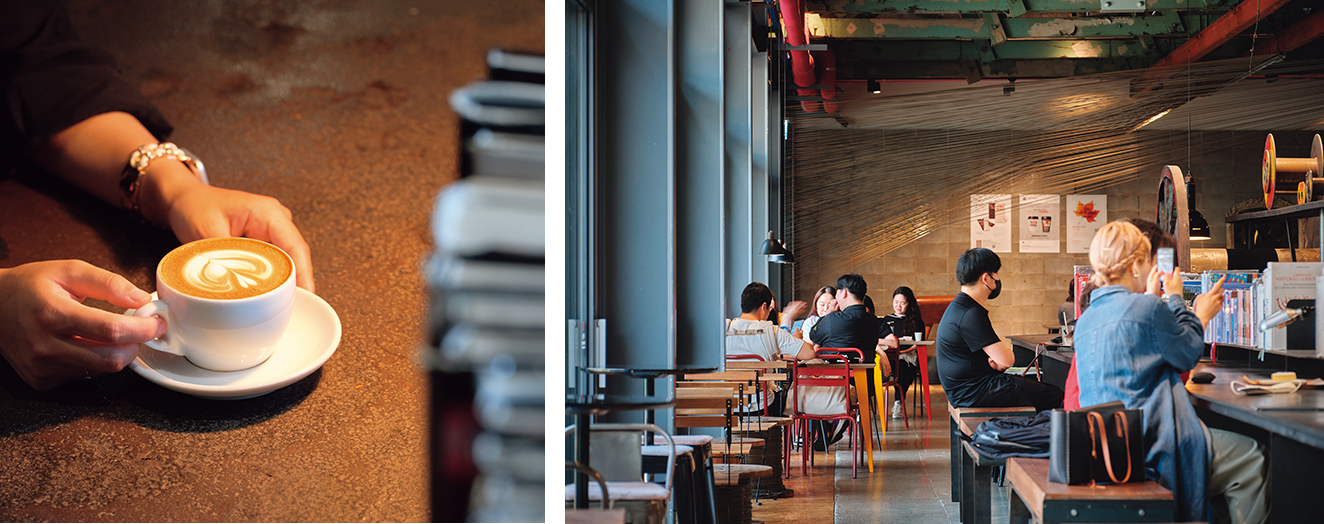

(Top) A cafe named Terarosa with remaining traces of the factory is one of F1963’s attractions. (Bottom) The courtyard of F1963 hosts both large and small-scale concerts. ⓒ F1963
Other Articles
-

Special Ⅰ A Factory of the Arts
-

Special Ⅱ A Space that Tells a Tale
-

Trend Old Factories, Young Blood
-
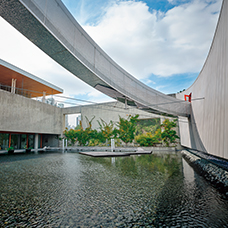
Hidden View Wired World
-
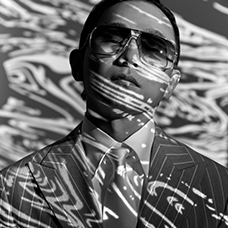
Interview Lee Heemoon
-
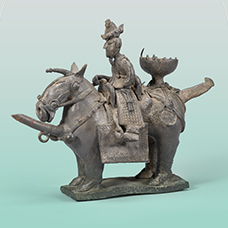
Art of Detail Fantastic Figurines
-
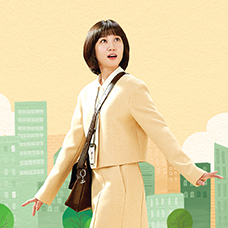
Film & TV Extraordinary Attorney Woo
-

Collaboration Countless Uses
-
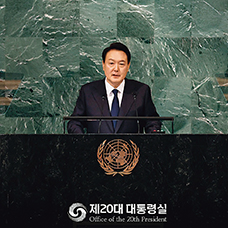
Current Korea Solidarity at a Watershed Moment
-

Global Korea K-indie Music Night in New York

